Abstract
Tramadol, marketed as Ultram and under other trade names, serves as an opioid analgesic for alleviating moderately severe pain. Administered orally in immediate-release formulations, its pain-relieving effects typically commence within an hour. Intravenous administration is also an option. Combinations with paracetamol (acetaminophen) are available. This article offers a comprehensive exploration of Tramadol, encompassing its fundamental characteristics, physicochemical attributes, recreational pharmacology, consequential effects, associated manifestations, colloquial street designations, pricing and approximate dosages, potentially hazardous interactions, legal classification, Tramadol synthesis, concluding remarks, and an inclusive bibliography.
Togo’s Tramadol Problem I ARTE Documentary
General Information About Tramadol [1-10]
Other synonyms names of Tramadol are: (+-)-Tramadol; (+)-Tramadol; (-)-Tramadol; (+)-trans-Tramadol free base; (R,R)-tramadol; (S,S)-tramadol; (1R,2S)-tramadol; (1R,2S)-tramadol
IUPAC Name of (+)-Tramadol: (1R,2R)-2-[(Dimethylamino)methyl]-1-(3-methoxyphenyl)cyclohexanol
IUPAC Name of (-)-Tramadol: (1S,2S)-2-[(Dimethylamino)methyl]-1-(3-methoxyphenyl)cyclohexanol
CAS numbers are 123154-38-14; 27203-92-5; 2914-77-4
Related CAS are 181289-58-7 ((+)-tramadol); 123134-25-8 ((-)-tramadol)
DEA Code Number: 9752
Trade names are Conzip, Durela, Qdolo, Ralivia, Ryzolt, Seglentis, Tridural, Ultracet, Ultram, Zytram
Physico-Chemical Properties of Tramadol [1-10]
- Molecular Formula C16H25NO2
- Molar Weight 263.37 g/mol
- Boiling point 406.6 ºC
- Melting Point 180.5 °C (+)-TRAMADOL; 115.18 °C (-)-TRAMADOL; 178-181 °C Racemic
- Solubility: In water, 1151 mg/L at 25 °C (est); ethanol
- Color/Form/Odor: White, odorless crystalline powder. Bitter taste.
Structural formulas are present on Figure 1.
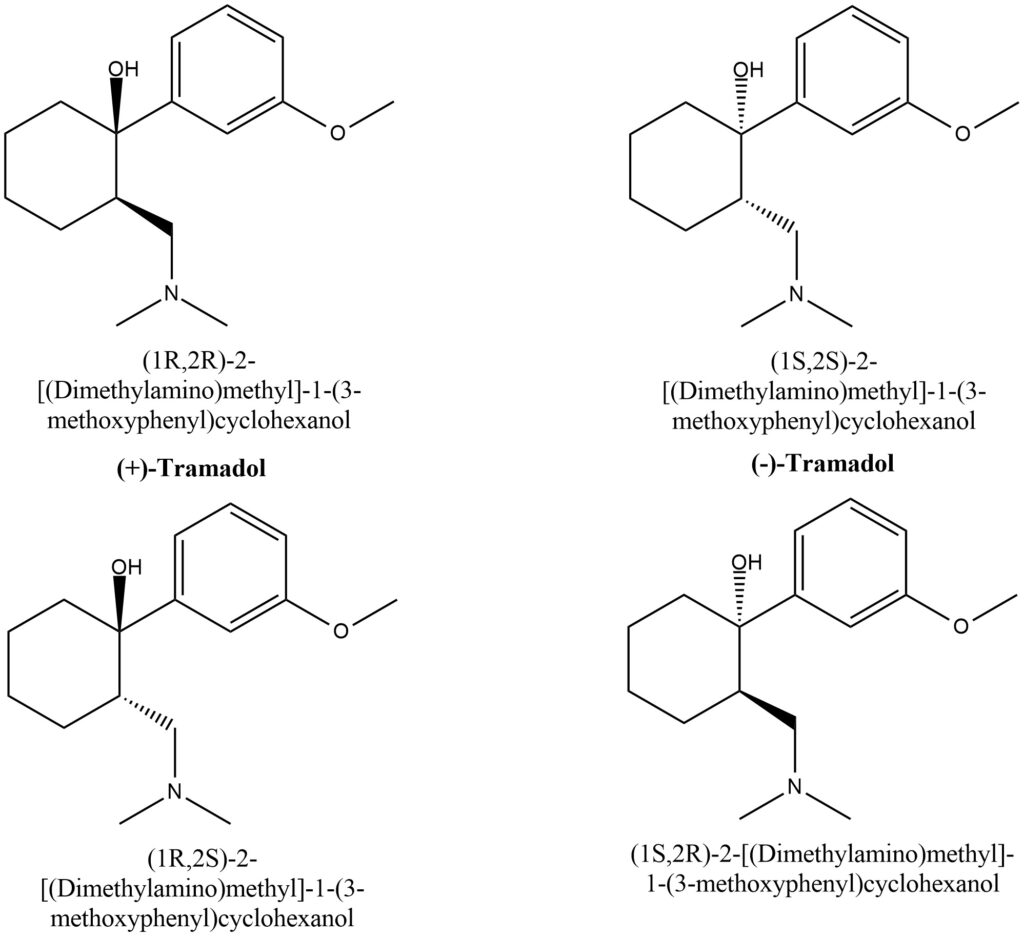
The visual representations of Tramadol are vividly depicted in the accompanying images, showcased within Figure 2 and Figure 3.
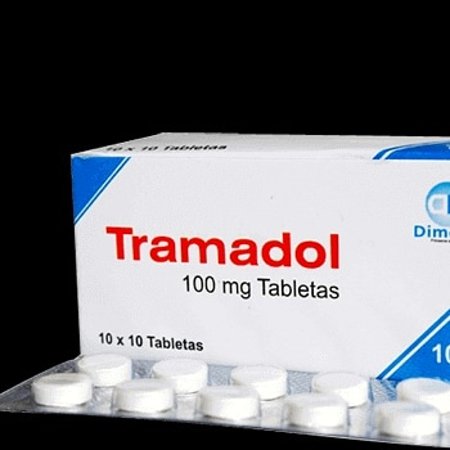
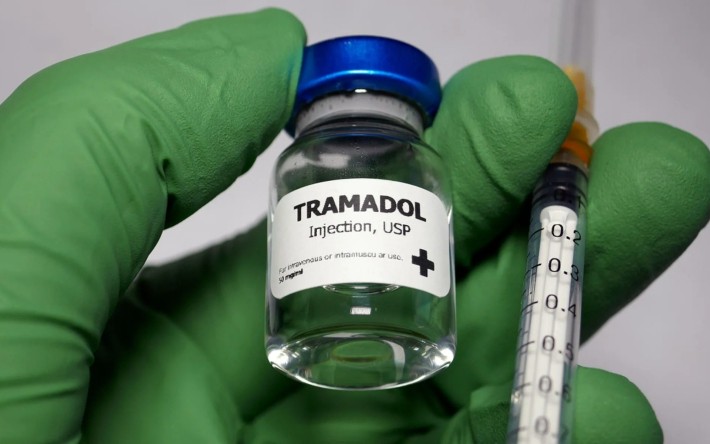
Figure 3. Liquid for injection of Tramadol
General Information of Tramadol in Recreational Use and Pharmacology [1, 4, 8, 9]
Tramadol stands as a synthetically derived opioid analgesic and SNRI (serotonin/norepinephrine reuptake inhibitor) with a structural kinship to morphine and codeine. Its favorable tolerability profile and multifaceted mechanism of action position it as a relatively lower-risk opioid avenue for addressing moderate to severe pain. Positioned as a Step 2 choice on the World Health Organization’s pain hierarchy, tramadol boasts roughly one-tenth of the potency of morphine.
What sets Tramadol apart from conventional opioid agents is its multifaceted approach. Not only does it function as a μ-opioid agonist, but it also exerts influence over monoamines by modulating neurotransmitters implicated in pain modulation, such as serotonin and norepinephrine, which trigger descending pathways for pain inhibition. This serotonin and norepinephrine modulation mimics the effects of SNRI antidepressants like duloxetine and venlafaxine.
Existing as a racemic blend, Tramadol comprises two pharmacologically active enantiomers, each contributing to its analgesic attributes via distinct mechanisms and metamorphosing into active metabolites. While (+)-tramadol and its primary metabolite (+)-O-desmethyl-tramadol (M1) act as μ-opioid receptor agonists, (+)-tramadol retards serotonin reuptake, and (-)-tramadol suppresses norepinephrine reuptake. These pathways synergize, augmenting Tramadol’s capacity to modulate pain perception and response.
Tramadol’s reach extends beyond these channels, influencing central nervous system pain modulators, non-neuronal inflammatory markers, and immune mediators. The broad array of targets associated with pain and inflammation explains its efficacy across diverse pain categories: neuropathic pain, post-operative discomfort, lower back pain, labor-associated pain, osteoarthritis, fibromyalgia, and cancer-related pain. By virtue of its SNRI activity, Tramadol even extends its influence to anxiolysis, antidepressant effects, and the mitigation of shivering—common comorbidities with pain.
Parallel to its opioid counterparts, Tramadol introduces risks of tolerance, dependence, and abuse potential. Elevated dosages or concurrent opioid use heightens the peril of overdose, respiratory depression, and fatality. Notably, Tramadol diverges from other opioids, carrying a seizure and serotonin syndrome risk, especially when used alongside serotonergic medications.
Effects and symptoms of Tramadol Use [1, 4, 8, 9]
The prevailing undesirable effects associated with tramadol encompass nausea, dizziness, parched mouth, dyspepsia, abdominal discomfort, vertigo, emesis, constipation, somnolence, and cephalalgia. Interactions with other medications can yield additional side effects. Tramadol mirrors morphine’s dose-dependent adverse reactions, including respiratory depression.
Foremost tramadol side effects: Enhanced gravity is indicated by red coloring, mandating prompt consultation with a healthcare professional.
Prolonged administration of high tramadol doses fosters physical reliance and a withdrawal syndrome. This entails both conventional opioid withdrawal indications and those congruent with serotonin-norepinephrine reuptake inhibitor (SNRI) discontinuation, characterized by sensations of numbness, tingling, paresthesia, and tinnitus. Psychiatric manifestations may span hallucinations, paranoia, heightened anxiety, panic episodes, and cognitive confusion. Generally, tramadol withdrawal emerges 12–20 hours post last ingestion, although this timing can deviate. In contrast to other opioids, tramadol withdrawal frequently endures for an extended period. The acute withdrawal phase might extend beyond seven days, differing from the customary 3–4 days observed in other codeine analogs. The side effects are visually represented in Figure 4.
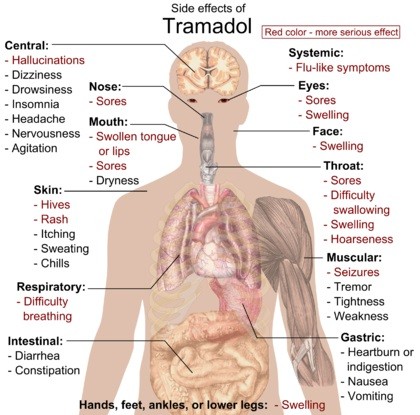
Figure 4. Side effects present on.
Street Names, Prices and Approximate Dosage [1, 4, 8, 9]
Tramadol enters the market as a racemic fusion of R- and S-stereoisomers, a strategic formulation that leverages the complementary analgesic properties of both isomers. The (+)-isomer predominantly exerts opiate activity, binding with a µ-opiate receptor affinity 20 times greater than that of the (-)-isomer.
The drug’s illicit utilization has been implicated as a significant factor in the rise of the Boko Haram terrorist organization. Elevated dosages of the drug yield effects akin to heroin, as expressed by a former member who recounted, “whenever we took tramadol, nothing mattered to us anymore except what we were sent to do because it made us very high and very bold, it was impossible to go on a mission without taking it.” Within the Gaza Strip, tramadol serves as a coping mechanism. In the United Kingdom, it’s subject to abuse, even serving as the inspiration behind the TV show “Frankie Boyle’s Tramadol Nights” (2010).
Beginning March 2019, the Union Cycliste Internationale (UCI) banned tramadol due to its misuse by cyclists aiming to enhance performance.
Common street names for tramadol encompass “chill pills,” “trams,” “trammies,” “tramal,” and “ultras.”
The cost of a 50 mg oral tablet of tramadol hovers around $12 for a supply of 9 tablets, contingent on the pharmacy chosen. The oral liquid form demands approximately $413 for 200 milliliters. Initial dosing usually involves 100 milligrams administered once daily, not surpassing 400 mg daily.
Tramadol: What You Need To Know
Dangerous interactions [1, 4, 8, 9]
Tramadol’s interactions extend to medications sharing analogous mechanisms of action.
Acting as a serotonin-norepinephrine reuptake inhibitor, tramadol meshes with other serotonergic drugs (including selective serotonin reuptake inhibitors, serotonin–norepinephrine reuptake inhibitors, tricyclic antidepressants, triptans, dextromethorphan-containing cough and cold medications, St. John’s wort-based herbal products, and serotonin-metabolism inhibiting drugs like monoamine oxidase inhibitors). This confluence may precipitate serotonin syndrome. Furthermore, tramadol can undermine the effectiveness of serotonergic antagonist anti-emetic drugs (such as ondansetron).
Additionally, given its opioid agonist nature, tramadol heightens the odds of adverse effects when paired with other opioid analgesics (like morphine, pethidine, tapentadol, oxycodone, and fentanyl).
The metabolism of tramadol hinges on CYP2D6 enzymes—a critical pathway involved in processing around a quarter of all medications. Hence, any substances capable of either inhibiting or inducing these enzymes could potentially interact with tramadol.
Tramadol’s proclivity for lowering the seizure threshold escalates the risk of seizures. Pairing it with other drugs that also diminish this threshold (such as antipsychotic medications or amphetamines) compounds this susceptibility.
Legal Status [1]
Starting from August 18, 2014, tramadol became an entrant in Schedule IV of the federal Controlled Substances Act in the United States. However, preceding this, select US states had already encompassed tramadol within Schedule IV controlled substances, adhering to their respective state legislations.
In Australia, tramadol secures classification under Schedule 4, rendering it available through prescription only. This distinguishes it from the norm of most other opioids, which typically occupy the Schedule 8 Controlled Drug category, where unauthorized possession is illegal.
Sweden joined the classification trend by categorizing tramadol as a controlled substance in the same echelon as codeine and dextropropoxyphene, effective May 2008. Nevertheless, regular prescriptions continue to be permissible.
The United Kingdom’s Home Office took action on June 10, 2014, positioning tramadol as a Class C, Schedule 3 controlled drug. However, it granted an exemption from the necessity of safe custody requirements for tramadol.
Synthesis of Tramadol [11]
Overview of the Tramadol Synthesis Process as Illustrated in Figure 5.
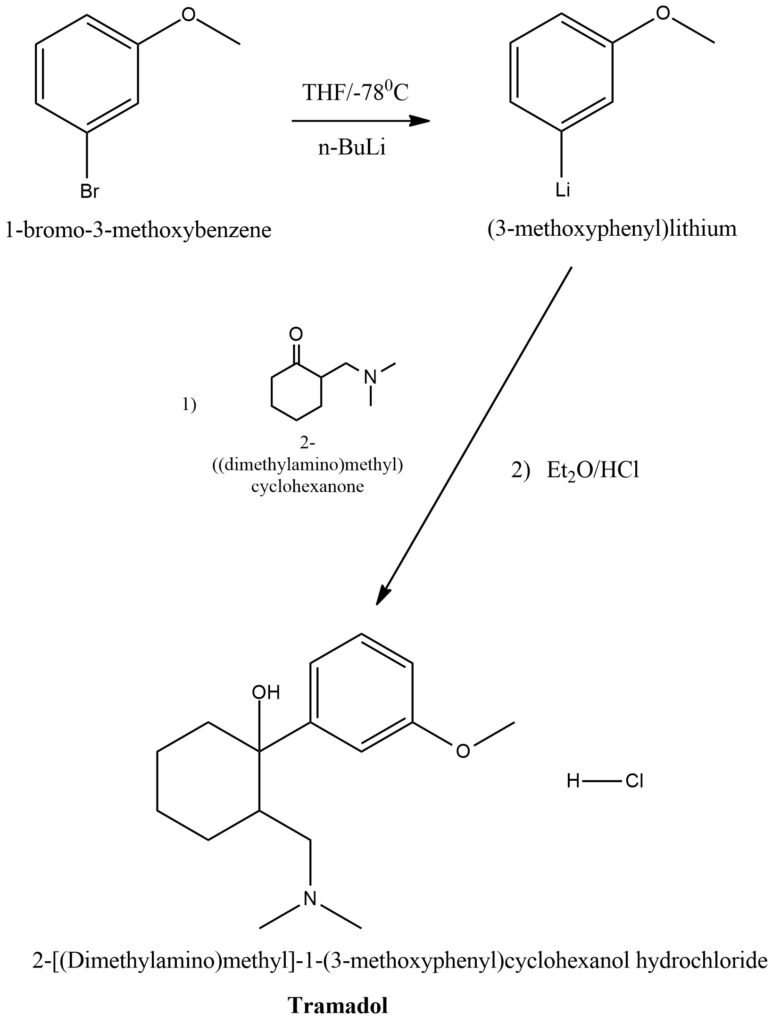
Figure 5. General scheme of Tramadol synthesis
The synthetic route yields a racemic mixture composed of the (1R,2R)-isomer and the (1S,2S)-isomer as the principal outcomes. There is also a formation of minor quantities of a racemic blend containing the (1R,2S)-isomer and the (1S,2R)-isomer. The isolation of the (1R,2R)-isomer and the (1S,2S)-isomer from the less prevalent diastereomeric racemic blend [(1R,2S)-isomer and (1S,2R)-isomer] is achieved through hydrochloride recrystallization. Tramadol, the drug, assumes the form of a racemate consisting of hydrochlorides belonging to the (1R,2R)-(+)-enantiomer and the (1S,2S)-(−)-enantiomer. A resolution method for the racemate [(1R,2R)-(+)-isomer / (1S,2S)-(−)-isomer] was detailed [10], utilizing either (R)-(−)-mandelic acid or (S)-(+)-mandelic acid. However, this procedure has not gained industrial traction due to tramadol’s racemic usage. Despite the distinct physiological impacts of the (1R,2R)- and (1S,2S)-isomers being known, the racemic variant exhibited heightened analgesic efficacy compared to either enantiomer in both animal and human subjects.
Conclusion
The racemic composition of Tramadol, comprising the (1R,2R)-isomer and the (1S,2S)-isomer, underscores its nuanced mechanism of action, engaging multiple pathways including μ-opioid receptor agonism and serotonin-norepinephrine reuptake inhibition. This unique combination contributes to its distinct analgesic effects, positioning it as a versatile option for moderate to severe pain relief.
The intricate interplay of Tramadol with serotonergic medications and its propensity for opioid agonism necessitate careful consideration when co-administered with other drugs, owing to the risk of serotonin syndrome, reduced efficacy of serotonergic antagonist medications, and intensified opioid-related side effects. Furthermore, its metabolism through CYP2D6 enzymes implies potential interactions with a wide array of medications.
While the (1R,2R)-isomer and the (1S,2S)-isomer can be resolved and isolated, the prevailing utilization of the racemate reflects the higher analgesic activity demonstrated by the racemic formulation. This consideration, despite the differential physiological effects of the enantiomers, underscores the complex balance between pharmacological potency and therapeutic application.
The journey of Tramadol from regulatory classifications in different countries to its synthesis underscores the intricate web of regulations, potential benefits, and associated challenges. By occupying Schedule IV in the United States and varying classifications in other nations, Tramadol’s legal status underscores the recognition of its potential for both therapeutic use and misuse. Moreover, its synthetic pathway, despite the capacity for enantiomeric isolation, is predominantly exploited in the racemic form due to its enhanced analgesic efficacy.
Bibliography
- https://en.wikipedia.org/wiki/Tramadol
- https://pubchem.ncbi.nlm.nih.gov/compound/33741
- https://www.chemspider.com/Chemical-Structure.31105.html
- https://go.drugbank.com/drugs/DB00193
- https://www.chemspider.com/Chemical-Structure.580887.html?rid=d3087fea-a738-498a-ba58-f12b26a1341e
- https://www.musechem.com/product/tramadol-r001870/
- https://www.sigmaaldrich.com/GB/en/product/aldrich/ph003072
- https://en.wikipedia.org/wiki/List_of_side_effects_of_tramadol
- https://www.mayoclinic.org/drugs-supplements/tramadol-oral-route/proper-use/drg-20068050
- Zynovy Z, Meckler H. A Practical Procedure for the Resolution of (+)- and (−)-Tramadol. Organic Process Research & Development, 2000, 4, 4, pp. 291–294. https://doi.org/10.1021/op000281v https://pubs.acs.org/doi/10.1021/op000281v
- Cuauhtémoc Alvarado, Ángel Guzmán, Eduardo Díaz, and Rocío Patiño. Synthesis of Tramadol and Analogous. J. Mex. Chem. Soc., 2005, vol. 49, no. 4, pp. 324-327. https://www.scielo.org.mx/scielo.php?pid=S1870-249X2005000400004&script=sci_arttext


